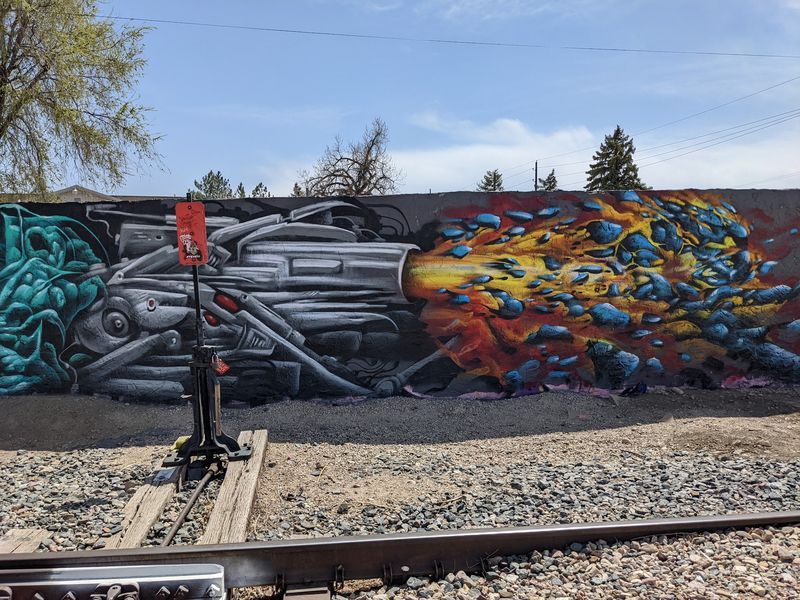Many structures already destroyed in Pacific Palisades wildfire, California governor says – Technologist
Firefighters scrambled to corral a fast-moving wildfire in the Los Angeles hillsides dotted with celebrity homes as a fierce windstorm hit Southern California on Tuesday, January 7, fanning the blaze seen for miles as scores of residents abandoned their cars and fled on foot to safety with roads blocked.
Nearly 26,000 people in more than 10,000 households and more than 13,000 structures are under threat from the blaze, said Kristin Crowley, fire chief of the LA Fire Department.
California Gov. Gavin Newsom said he saw “many structures already destroyed.” Officials did not give an exact number of structures damaged or destroyed in the blaze.
The cause of the fire was not immediately known, and no injuries had been reported, officials said at a news conference Tuesday afternoon. Newsom warned residents across Southern California not to assume they are out of danger, saying the worst of the winds are expected between 10 pm Tuesday and 5 am Wednesday.
Forecasters predicted the windstorm would last for days, producing isolated gusts that could top 100 mph (160 kph) in mountains and foothills — including in areas that haven’t seen substantial rain in months. The National Weather Service said it could be the strongest Santa Ana windstorm in more than a decade across Los Angeles and Ventura counties. Roughly half a million utility customers were at risk of having their power shut off to reduce the risk of equipment sparking blazes.
In the Pacific Palisades neighborhood in western Los Angeles, a fire swiftly consumed nearly 2 square miles (just over 5 square kilometers) of land, sending up a dramatic plume of smoke visible across the city. Residents in Venice Beach, some 6 miles (10 kilometers) away, reported seeing the flames. It was one of several blazes across the area.
Sections of Interstate 10 and the scenic Pacific Coast Highway were closed to all non-essential traffic to aid in evacuation efforts. But other roads were blocked. Some residents jumped out of their vehicles to get out of danger and waited to be picked up.
‘Getting ready to evacuate’
The actor James Woods posted footage of flames burning through trees on a hill above his Pacific Palisades home.
“Standing in my driveway, getting ready to evacuate,” Woods said in the short video on X.
Actor Steve Guttenberg, who lives in the Pacific Palisades, urged people who abandon their cars to leave their keys behind so he can move their cars out of the way for firetrucks. He described fire burning in the neighborhood as people tried to evacuate.
“This is not a parking lot,” Guttenberg told KTLA. “I have friends up there and they can’t evacuate … I’m walking up there as far as I can moving cars.”
The weather service warned of possible downed power lines and knocked-over big rigs, trailers, and motorhomes. Strong offshore gusts will also bring dangerous conditions off the coasts of Orange and Los Angeles counties, including Catalina Island, and potential delays and turbulence could arise at local airports.
The Los Angeles Unified School District said it was temporarily relocating students from three campuses in the Pacific Palisades area due to the fire.
Utilities said they were considering preemptively cutting power starting Tuesday to about a half-million customers across eight counties. In recent years, California utilities have routinely de-energized electrical lines as a precaution against weather conditions that might damage equipment and spark a fire.
The winds will act as an “atmospheric blow-dryer” for vegetation, bringing a long period of fire risk that could extend into the more populated lower hills and valleys, according to Daniel Swain, a climate scientist with the University of California, Los Angeles and the National Center for Atmospheric Research.
Extreme fire conditions
“We really haven’t seen a season as dry as this one follow a season as wet as the previous one,” Swain said during a Monday livestream. “All of that extra abundant growth of grass and vegetation followed immediately by a wind event of this magnitude while it’s still so incredibly dry,” elevates the risk.
Recent dry winds, including the notorious Santa Anas , have contributed to warmer-than-average temperatures in Southern California, where there’s been very little rain so far this season.
Southern California hasn’t seen more than 0.1 inches (0.25 centimeters) of rain since early May. Much of the region has fallen into moderate drought conditions, according to the U.S. Drought Monitor. Meanwhile, up north, there have been multiple drenching storms .
Areas where gusts could create extreme fire conditions include the charred footprint of last month’s wind-driven Franklin Fire , which damaged or destroyed 48 structures, mostly homes, in and around Malibu.
The blaze was one of nearly 8,000 wildfires that added up to scorch more than 1,560 square miles (more than 4,040 square kilometers) in the Golden State last year.
The last wind event of this magnitude occurred in November 2011, during which more than 400,000 customers lost power across LA County, the Los Angeles Times reported.
“The grid is built to withstand strong winds,” said Jeff Monford, a spokesperson for the utility. “The issue here is the possibility of debris becoming airborne and hitting wires … or a tree coming down.”


